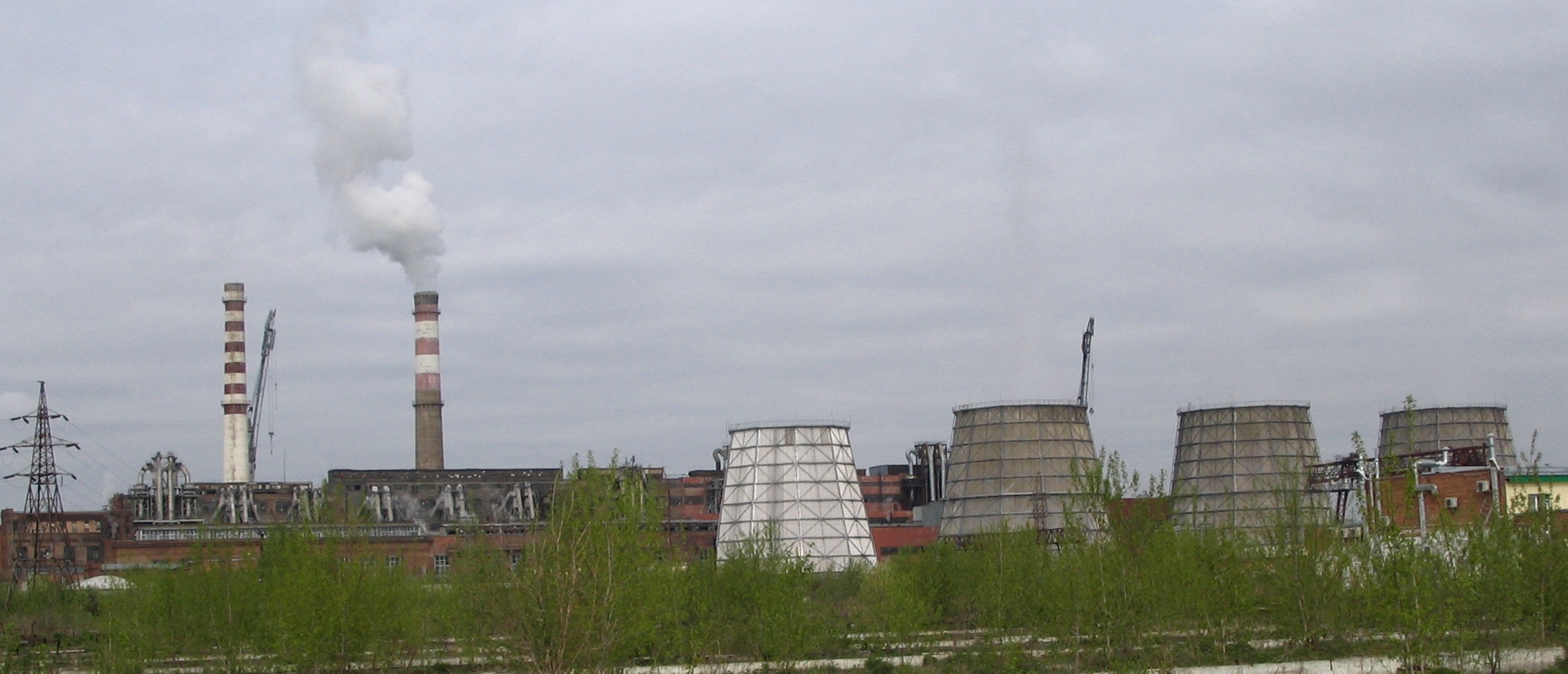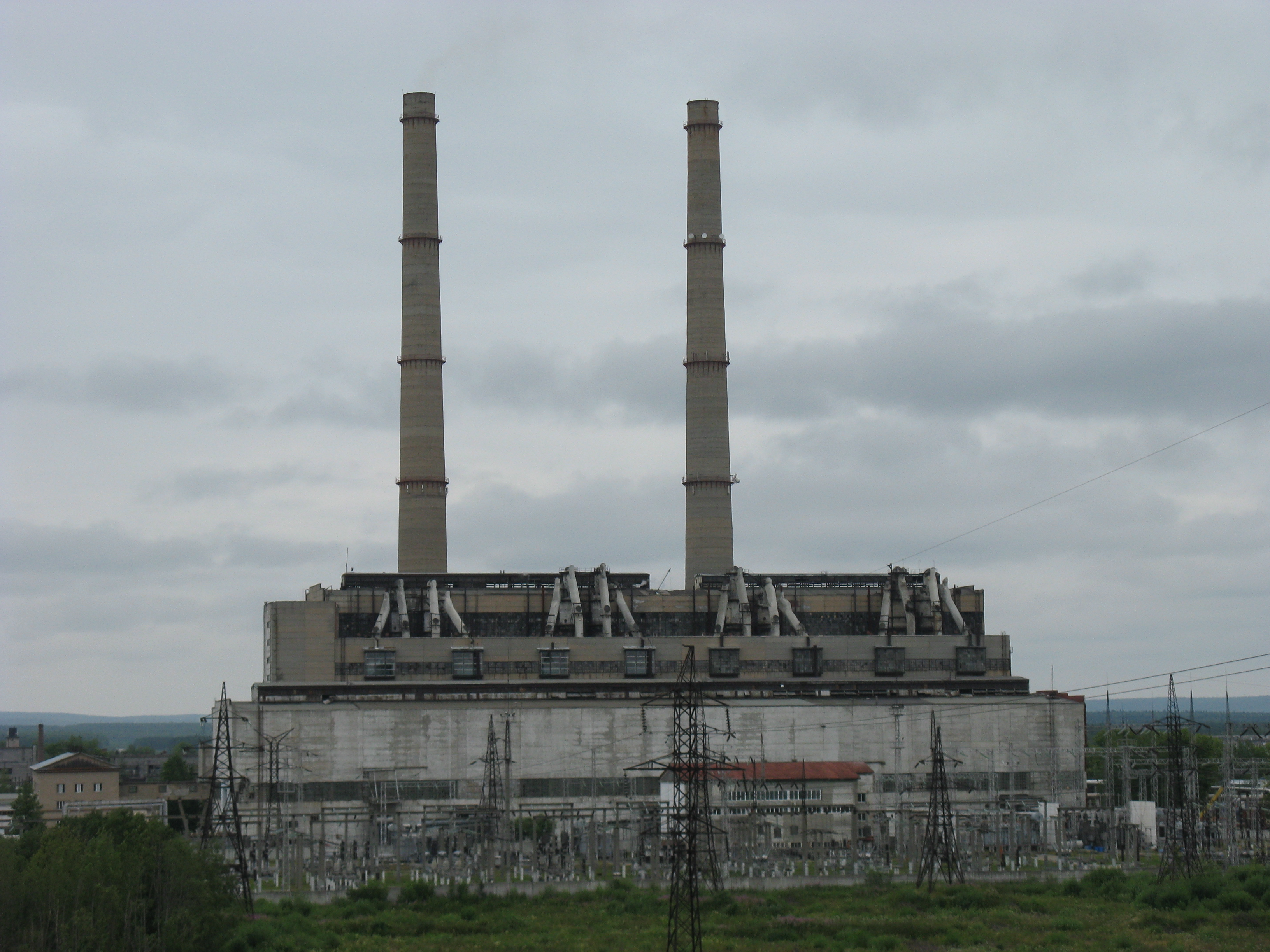Thermal Power Stations In Russia And Soviet Union on:
[Wikipedia]
[Google]
[Amazon]

 The first large
The first large

 The first large
The first large peat
Peat (), also known as turf (), is an accumulation of partially decayed vegetation or organic matter. It is unique to natural areas called peatlands, bogs, mires, moors, or muskegs. The peatland ecosystem covers and is the most efficient ...
-fired thermal power station
A thermal power station is a type of power station in which heat energy is converted to electrical energy. In a steam-generating cycle heat is used to boil water in a large pressure vessel to produce high-pressure steam, which drives a stea ...
in Russia
Russia (, , ), or the Russian Federation, is a transcontinental country spanning Eastern Europe and Northern Asia. It is the largest country in the world, with its internationally recognised territory covering , and encompassing one-eig ...
was built on a location about 80 km away from Moscow
Moscow ( , US chiefly ; rus, links=no, Москва, r=Moskva, p=mɐskˈva, a=Москва.ogg) is the capital and largest city of Russia. The city stands on the Moskva River in Central Russia, with a population estimated at 13.0 millio ...
, in the place of the current city of Elektrogorsk, during 1912-1914. It was called ''Elektroperedacha'' (literally " electric power transmission"), and the settlement around the station (future Elektrogorsk) acquired this name, Elektroperedacha, as well. Today the station is called GRES-3 or Elektrogorskaya GRES.
Terminology
The abbreviations below are commonly used in the names of power stations. The term GRES (russian: ГРЭС (Государственная Районная Электростанция), lit=State Regional Power Station, uk, ДРЕС, translit=DRES) refers to a condenser type electricity-onlythermal power station
A thermal power station is a type of power station in which heat energy is converted to electrical energy. In a steam-generating cycle heat is used to boil water in a large pressure vessel to produce high-pressure steam, which drives a stea ...
introduced in the Soviet Union
The Soviet Union,. officially the Union of Soviet Socialist Republics. (USSR),. was a List of former transcontinental countries#Since 1700, transcontinental country that spanned much of Eurasia from 1922 to 1991. A flagship communist state, ...
which still exist in Russia
Russia (, , ), or the Russian Federation, is a transcontinental country spanning Eastern Europe and Northern Asia. It is the largest country in the world, with its internationally recognised territory covering , and encompassing one-eig ...
and other former Soviet republics. The Russian abbreviation ГРЭС stands for Государственная районная электростанция, or "state-owned district power plant" (often abbreviated in English as SDPP). Over time the abbreviation has lost its literal meaning, and the term refers to a high-power (thousands of megawatt
The watt (symbol: W) is the unit of power or radiant flux in the International System of Units (SI), equal to 1 joule per second or 1 kg⋅m2⋅s−3. It is used to quantify the rate of energy transfer. The watt is named after James ...
) thermal power station of condenser type.
The term TEC or TETs (russian: ТЭЦ, теплоэлектроцентраль) refers to combined heat and power plants.
History
The SovietGOELRO plan
GOELRO (russian: link=no, ГОЭЛРО) was the first Soviet plan for national economic recovery and development. It became the prototype for subsequent Five-Year Plans drafted by Gosplan. GOELRO is the transliteration of the Russian abbreviatio ...
of 1920s provided for construction of several GRES (along with 20 TEC and 10 hydroelectrostations, the best known among them is Shatura Power Station (peat-fired, planned already in 1914).
The first GRES were constructed upon the initiative of power engineer Robert Klasson.''The Electrification of Russia, 1880-1926'', by Jonathan Coopersmith, 1992,
References
{{Portal, Russia, Energy Fossil fuel power stations in Russia Power stations built in the Soviet Union Science and technology in the Soviet Union